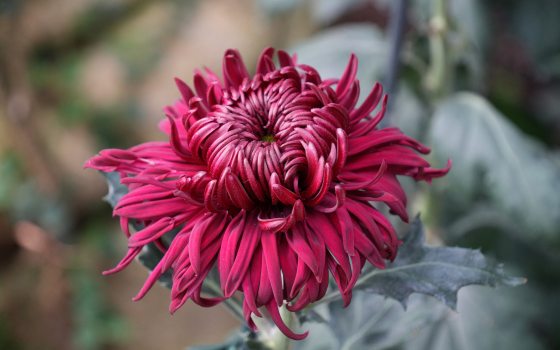With very few of these plants left elsewhere around the world, Longwood Gardens is lucky to have a beautiful specimen growing in our East Conservatory. Because the Encephalartos woodii is so rare, we were very anxious to propagate it and continue the Royal line. In July of 2009, Senior Gardener Joyce Rondinella and I propagated one of the “pups” from the Encephalartos.

Because the Encephalartos woodii is so rare, we were very anxious to propagate it and continue the Royal line. In July of 2009, Senior Gardener Joyce Rondinella and I propagated one of the “pups” from the Encephalartos. You can watch a video, below, of the propagation process:
The "King of the Conservatory," Longwood's Encephalartos woodii is the most prized plant in Longwood's Conservatory since it is extinct in its native environment of South Africa. Very few of these plants exist elsewhere around the world, so Longwood Gardens is lucky to have a beautiful specimen growing in the East Conservatory.
We hoped the "pup" would produce roots and become strong enough to stand on its own and be crowned as our new “Prince.”

I am proud to report that our Encephalartos pup has successfully survived its beginning years (the toughest), and has recently produced a healthy new flush of growth! We are thrilled—the success rate for getting the Encephalartos pups to survive on their own is low. Congratulations to Joyce, who has taken extremely good care of this young plant in her tropical growing house!

Come visit us in the Conservatory to see how our “King of the Conservatory” is growing, and ask how our new Prince is enjoying its newly found independence.


